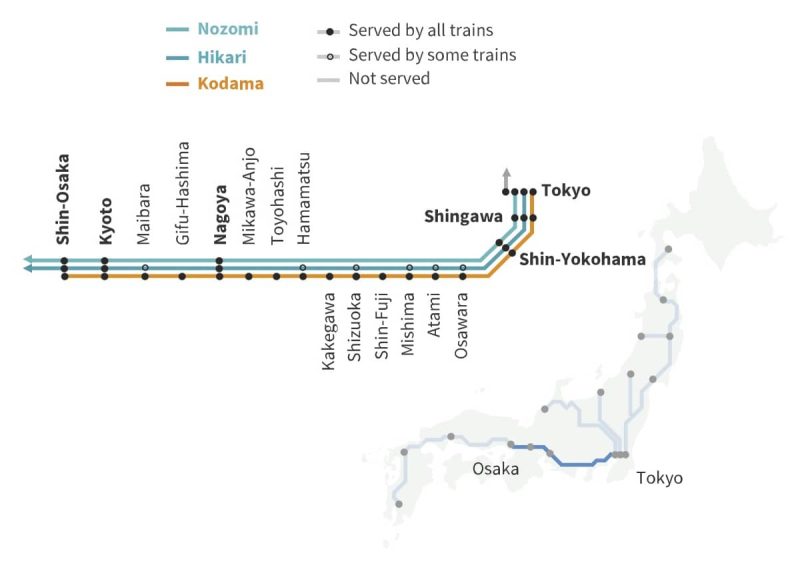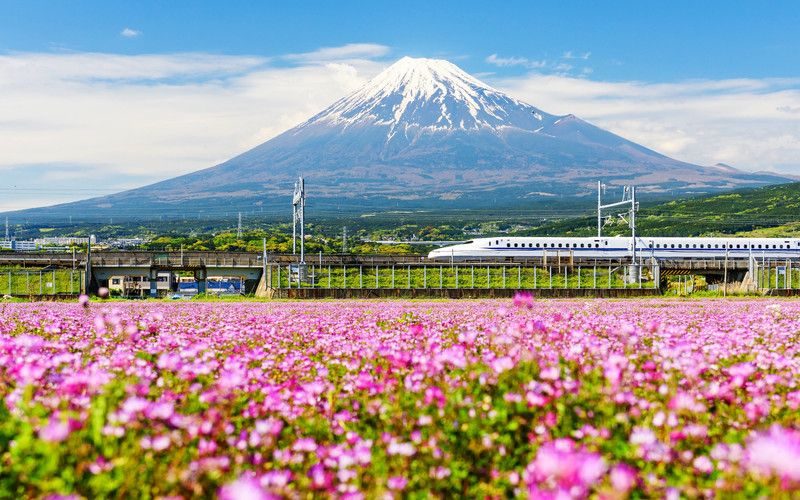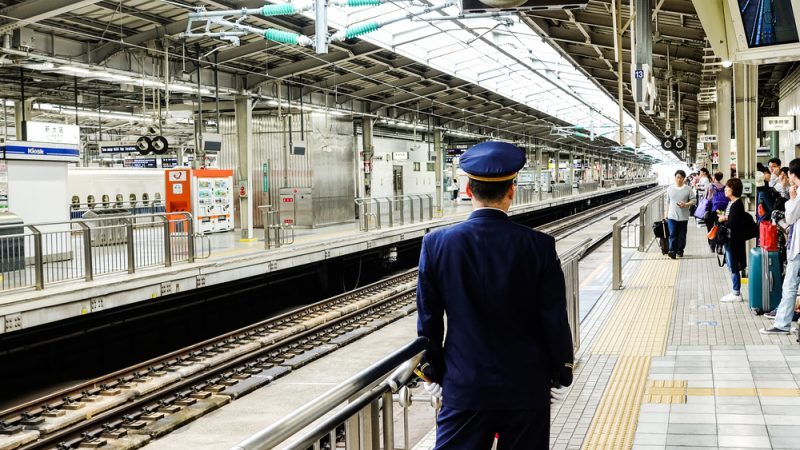Travelling between Tokyo and Osaka is quick and convenient. The 2 cities are linked by frequent bullet trains, making it easy to include both in your Japan itinerary.
This guide covers the different ways to travel from Tokyo to Osaka, including bullet train services and other transport options. You’ll also find journey times, ticket prices, and useful travel tips.
Table of Contents
Tokyo to Osaka by Shinkansen bullet train
The high-speed Shinkansen connects Tokyo and Shin-Osaka stations directly. This route is served by the Tokaido Shinkansen, Japan’s busiest bullet train line, with close to 150 departures every day.

The journey between Tokyo and Osaka takes as little as 2 hours and 25 minutes on the fastest trains.
You can catch the train from either Tokyo Station or Shinagawa Station and arrive at Shin-Osaka Station, just outside Osaka’s city centre.
Each Shinkansen service offers different speeds and stops.
Read more: How to travel from Osaka to Tokyo
Bullet train services and ticket costs
There are 3 types of Shinkansen bullet trains running between Tokyo and Osaka:
| Train type | Journey length | Stops on route | Standard fare | Fare with JRP |
| Hikari | 3 hrs | 5-9 | ¥23,083 | Included
No additional fee |
| Kodama | 3 hrs 54 min | 16 | ¥23,083 | Included
No additional fee |
| Nozomi | 2 hrs 25 min | 3-4 | ¥23, 589 | ¥4960 |
Hikari and Kodama trains are included with your Japan Rail Pass. Nozomi requires a supplementary ticket if you have the JR Pass.

Departure times for the Tokyo-Osaka Shinkansen
Below are the first and last departures for each Shinkansen service:
| Shinkansen type | First train departure | Last train departure |
| Hikari | 06:21 | 20:12 |
| Kodama | 06:57 | 19:57 |
| Nozomi | 06:00 | 21:24 |
Travel times can vary, so make sure you check the times for your specific day of travel. Return journeys from Osaka back to Tokyo follow similar schedules.
Using the JR Pass between Tokyo and Osaka
The Japan Rail Pass covers full travel on Hikari and Kodama trains. No extra tickets are needed for these services — just show your pass at the gate.
- Hikari: Stops at major cities like Nagoya and Kyoto.
- Kodama: Makes all local stops along the route.
If you prefer the faster Nozomi service, a supplementary Nozomi / Mizuho Ticket is required alongside your JR Pass.
For tips on navigating Japan’s rail system, see our guide on how to use Japanese trains with the JR Pass.
Tokyo to Osaka by bus
If you prefer a more budget-friendly option, several long-distance bus services operate between Tokyo and Osaka. These are not included in the JR Pass.
Willer Express
Willer Express operates several daily buses between Tokyo and Kyoto.
Fares vary based on booking time and seat type. Most buses offer reclining seats and power outlets for added comfort.
- Departures: Shinjuku, Tokyo Station
- Arrival: Osaka Umeda
- Duration: 9-10 hours
- Fares: ¥3,500 to ¥7,500
JR Bus Kanto
Japan Railways offers this bus services with both day and night departures.
- Departures: Shinjuku, Shibuya, Tokyo Station
- Arrival: Osaka Station
- Duration: 8-10 hours
- Fares: ¥5,000 to ¥8,500
Keio Bus
This bus service also offers different departures throughout the day and night.
- Departure: Shinjuku Expressway Bus Terminal
- Arrival: Osaka Station
- Duration: 9-10 hours
- Fares: ¥4,500 to ¥8,000
Airport transfers for Tokyo and Osaka
For travellers starting from Tokyo’s airports, the JR Pass covers these transfers to central Tokyo:
- Narita Express to Tokyo station
- Haneda Airport: Tokyo Monorail to Hamamatsucho Station, then JR Yamanote or Keihin-Tohoku Line
From Kansai International Airport to Osaka:
- Haruka Express: To Shin-Osaka Station
- Travel time: Around 50 minutes
- Fare: ¥2,900 (included with JR Pass)
